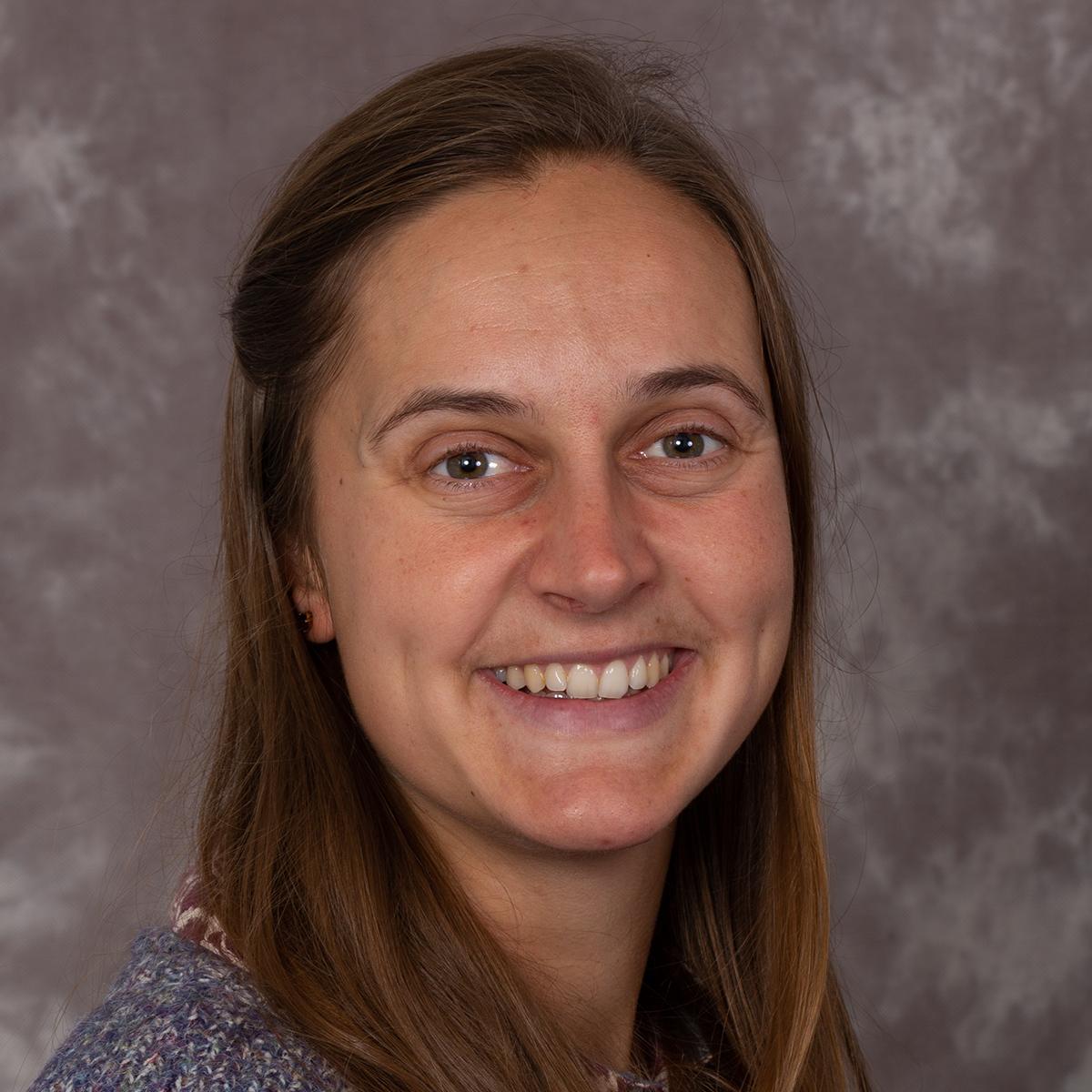Staff profile

| Affiliation | Telephone |
|---|---|
| Assistant Professor (Research) in the Department of Geography |
Biography
2022 – present: Research Fellow, Durham University
2019 – 2022: Postdoctoral Research Associate, Durham University
2015 - 2019: PhD - Bangor University
2014 - 2015: MSc - Applied Marine Geoscience, Bangor University
2011 - 2014: BSc (Hons) – Ocean Science, Bangor University
Research Overview
I am a marine geologist studying the transport of sediment and organic carbon to the deep ocean by underwater avalanches of sediment called turbidity currents. I study these flows using a combination of oceanographic field measurements, sedimentary deposits, and small-scale laboratory simulations of flows. I enjoy the exciting challenge of using a range of methodologies to understand a process that transports huge volumes of sediment and sculpts the seafloor, yet is hidden below the sea surface.
My current research at Durham as a Leverhulme Early Career Research Fellow aims to understand the transport and deposition of organic carbon by turbidity currents. The burial of organic carbon in marine sediments has widespread importance because it can lead to a net drawdown of atmospheric CO2, helping regulate the long-term climate. Turbidity currents are volumetrically the most important sediment transport process on Earth, so have the potential to bury large amounts of organic carbon in the deep-sea for long timescales. Part of my research focuses on quantifying organic carbon transport and burial by turbidity currents that travel down the submarine Congo Canyon-channel off West Africa, using geochemical datasets from core sediment samples. My research also involves laboratory simulations of turbidity currents to understand how powerful and weak turbidity currents transport and bury different types (density, shape, size) of organic carbon.
The destructive and relatively inaccessible nature of turbidity currents makes them hard to measure directly. I am interested in how we can utilise techniques from other disciplines to help us understand these flows, including passive seismic instruments that are typically used to monitor earthquakes. Using these instruments, we have documented the internal structure and duration of powerful turbidity currents that travelled for >1000 km.
My PhD investigated the fluid dynamics, behaviour, and deposits of clay-laden cohesive turbidity currents via laboratory simulations. I also conducted outcrop fieldwork studying the diverse sand-mud bedforms sculpted by cohesive turbidity currents.
Esteem Indicators
- 2018: Richard W. Faas Research Prize: Awarded by the International Association of Sedimentologists to recognise outstanding work in the field of fine-grained marine sedimentology.
- 2018: Drapers’ Company Medal: For an outstanding postgraduate contribution to Bangor University.
- 2017: Best Oral Presentation at the International Conference on Cohesive Sediment Transport Processes:
- 2016: British Sedimentological Research Group (BSRG) Award for Masters Sedimentology Thesis:
Publications
Journal Article
- Talling, P. J., Hage, S., Baker, M. L., Bianchi, T. S., Hilton, R. G., & Maier, K. L. (2024). The Global Turbidity Current Pump and Its Implications for Organic Carbon Cycling. Annual Review of Marine Science, 16(1), https://doi.org/10.1146/annurev-marine-032223-103626
- Talling, P. J., Cartigny, M. J. B., Pope, E., Baker, M., Clare, M. A., Heijnen, M., …Maier, K. L. (2023). Detailed monitoring reveals the nature of submarine turbidity currents. Nature Reviews Earth & Environment, 4(9), 642-658. https://doi.org/10.1038/s43017-023-00458-1
- Baker, M. L., & Baas, J. H. (2023). Does sand promote or hinder the mobility of cohesive sediment gravity flows?. Sedimentology, 70(4), 1110-1130. https://doi.org/10.1111/sed.13072
- Pope, E. L., Heijnen, M. S., Talling, P. J., Jacinto, R. S., Gaillot, A., Baker, M. L., …Urlaub, M. (2022). Carbon and sediment fluxes inhibited in the submarine Congo Canyon by landslide-damming. Nature Geoscience, 15(10), 845-853. https://doi.org/10.1038/s41561-022-01017-x
- Baas, J. H., Baker, M. L., Buffon, P., Strachan, L. J., Bostock, H., Hodgson, D., …Spychala, Y. T. (2022). Blood, lead and spheres: A hindered settling equation for sedimentologists based on metadata analysis. Depositional Record, 8(2), 603-615. https://doi.org/10.1002/dep2.176
- Talling, P. J., Baker, M. L., Pope, E. L., Ruffell, S. C., Jacinto, R. S., Heijnen, M. S., …Hilton, R. J. (2022). Longest sediment flows yet measured show how major rivers connect efficiently to deep sea. Nature Communications, 13(1), https://doi.org/10.1038/s41467-022-31689-3
- Baker, M. L., & Baas, J. H. (2020). Mixed sand–mud bedforms produced by transient turbulent flows in the fringe of submarine fans: Indicators of flow transformation. Sedimentology, 67(5), 2645-2671. https://doi.org/10.1111/sed.12714
- Craig, M. J., Baas, J. H., Amos, K. J., Strachan, L. J., Manning, A. J., Paterson, D. M., …Baker, M. L. (2020). Biomediation of submarine sediment gravity flow dynamics. Geology, 48(1), 72-76. https://doi.org/10.1130/g46837.1
- Baas, J. H., Baker, M. L., Malarkey, J., Bass, S. J., Manning, A. J., Hope, J. A., …Thorne, P. D. (2019). Integrating field and laboratory approaches for ripple development in mixed sand–clay–EPS. Sedimentology, 66(7), 2749-2768. https://doi.org/10.1111/sed.12611
- Baker, M. L., Baas, J. H., Malarkey, J., Jacinto, R. S., Craig, M. J., Kane, I. A., & Barker, S. (2017). The Effect of Clay Type On the Properties of Cohesive Sediment Gravity Flows and Their Deposits. Journal of Sedimentary Research, 87(11), https://doi.org/10.2110/jsr.2017.63
Other (Print)

